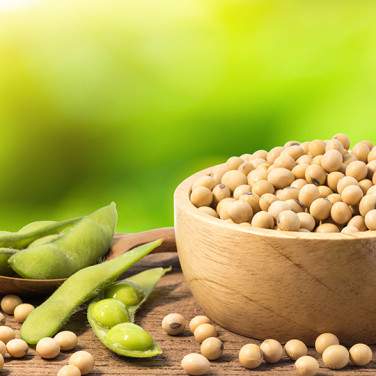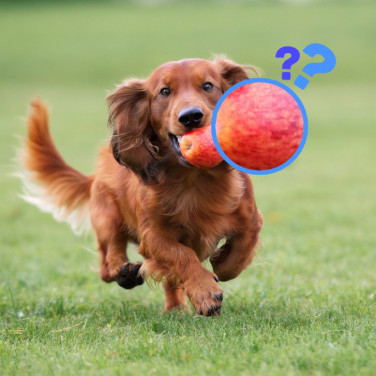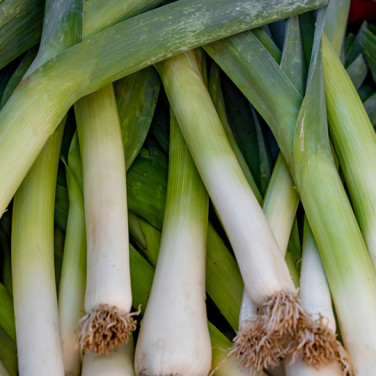FOOD
Can Dogs Eat Plums? Health Benefits and Precautions for Feeding
페이지 정보
본문


Can dogs eat plums? YES!
Plums provide a rich supply of vitamin A, vitamin C, and fiber for your dog. However, caution should be exercised when feeding plums to your pets due to the trace amounts of cyanide in the seed, stem, and leaves. The sweet and sour taste we know and love about plums can also cause a risk for pets with obesity or diabetes. While plum flesh is not toxic to dogs, feeding this fruit in moderation is still recommended due to its high sugar content. Ingesting the seed can not only pose a choking hazard but can lead to cyanide poisoning as well. Learning the best practices for serving this nutritious snack for your pet can help to avoid these potential risks.
What are the benefits of feeding plums for dogs?
Plums are known for their high fiber content, making them a great natural remedy for constipation in dogs. Plums are also rich in vitamins A, C, and K, which are beneficial for the dog’s overall health. Vitamin C helps strengthen the immune system and helps prevent various external diseases. Vitamin K helps in maintaining calcium balance, which can lead to stronger and healthier bones in dogs. Additionally, plums are rich in anthocyanin, a compound that can aid in maintaining good eye health and also has blood pressure-lowering properties.

The main benefits of feeding plums to dogs are:
- Constipation relief
- Bone health
- Eye and skin health
- Strengthen the immune system
- Antioxidants
The main nutrients in plums are:
- Vitamin A
- Vitamin C
- Fiber
- Vitamin K
- Copper
- Manganese
What are the benefits of feeding plums for dogs

Trace amounts of cyanide in the pit of a plum
Plum seeds, leaves, and stems contain amygdalin, a toxic compound that dogs are unable to break down and metabolize. Consuming amygdalin can lead to symptoms of poisoning in dogs, including respiratory issues, gastrointestinal upset, and heart problems.
Symptoms of poisoning in dogs
-
Ingesting amygdalin in dogs can cause gastrointestinal upset and cause symptoms of vomiting.
-
Amygdalin can irritate the dog's digestive system and cause symptoms of diarrhea.
-
Respiratory Symptoms
Your dog may begin to breathe rapidly or have a rapid heartbeat.
Choking hazard of the seed of the plum
Plum seeds pose a potential hazard to small dogs due to their large and hard texture. When ingested, the act of chewing these seeds can cause strain to the temporomandibular joints and teeth. Furthermore, if the seeds become lodged in the esophagus, they can lead to choking and instability in breathing. Additionally, if not properly digested, the seeds can cause intestinal obstruction, leading to digestive problems. Therefore, it is important to be cautious and prevent small dogs from consuming plum seeds to avoid these potential health risks.
What should I do if my dog eats a plum seed?
If you suspect that your dog has eaten a plum seed, it is important to see a veterinarian immediately. Pay attention to the color of your pet’s gums for any change and monitor signs for any symptoms of poisoning.
How many plums can I feed my dog?
Feeding your dog too much plum fruit can lead to stomach upset and other digestive issues. Additionally, plums contain high levels of sugar that may cause spikes in blood pressure and lead to diabetic disease. Over time, excessive consumption of plums can even result in obesity as well. To avoid these potential health problems, it is recommended to feed your dog only a small portion of the flesh of plums in moderation.
Best way to serve plums for your dog
To feed plums to your dog safely, it is important to take a few precautions. Firstly, wash the plums thoroughly to wash off any potential chemicals and bacteria. The stem, leaves, and seed of the plum contain trace of cyanide and should be removed before serving. You will want to cut the flesh of the plum into small pieces to prevent any choking hazards. Additionally, the skin can also pose a health risk due to potentially harboring harmful bacteria or pesticides if not cleaned properly. So it is best to ensure you have washed the surface properly or you may also peel the skin off entirely to avoid any issues.
As mentioned earlier, plums contain a high level of sugar. It is recommended to avoid feeding this fruit to pets with diabetes or obesity. With any snacks, it is recommended to dedicate less than 10% of a pet’s daily food intake. Lastly, it is vital you remove the pit of the plum and dispose appropriately due to the hazards listed above. Your pet can now safely enjoy this nutritious treat!
Ever wonder what other vegetable dogs can eat safely?

Does your dog also give you puppy dog eyes when you're snacking on something? You may know that certain foods like chocolate shouldn't be shared with them, but do you always check online to see if it's okay to give them a bite of what you're eating? The Buddydoc Food Dictionary has information on hundreds of human foods and whether they are safe and nutritious for pets. If you want to know more about other foods, try looking them up on Buddydoc!













